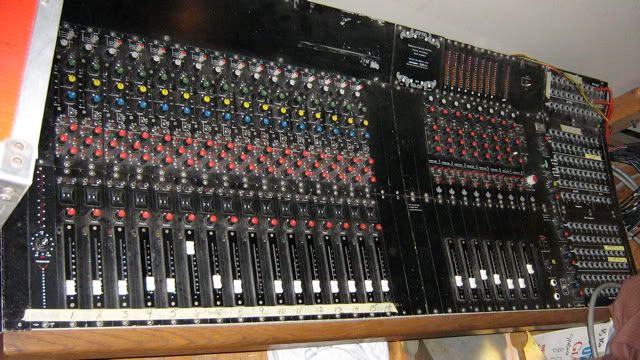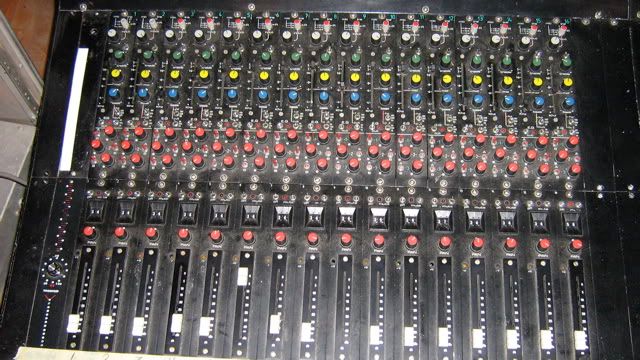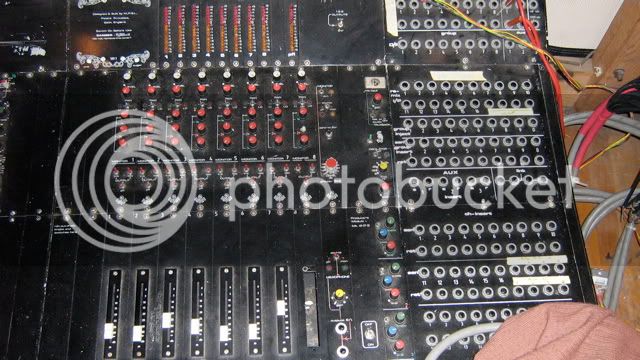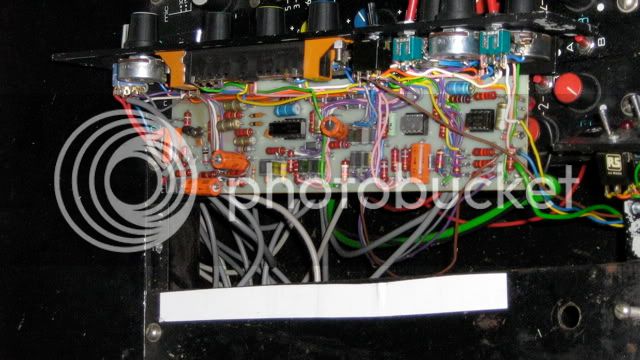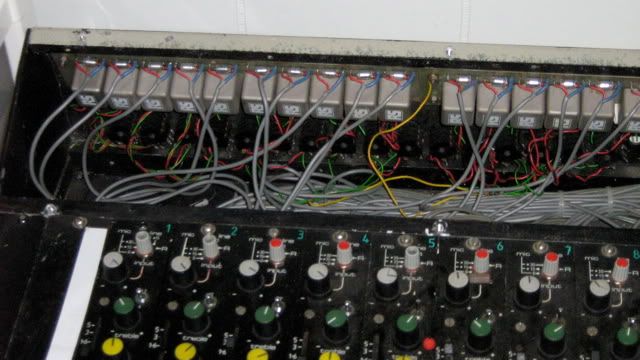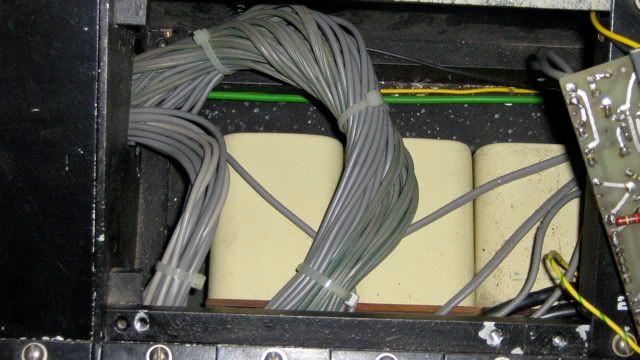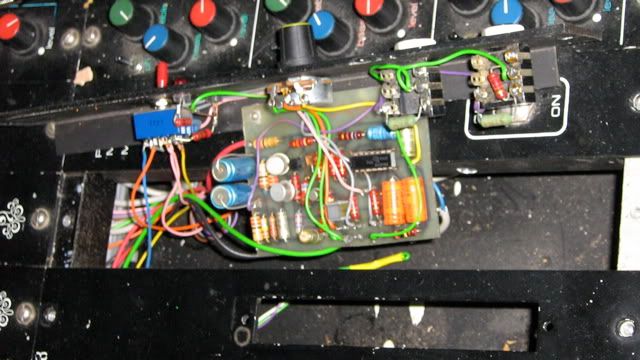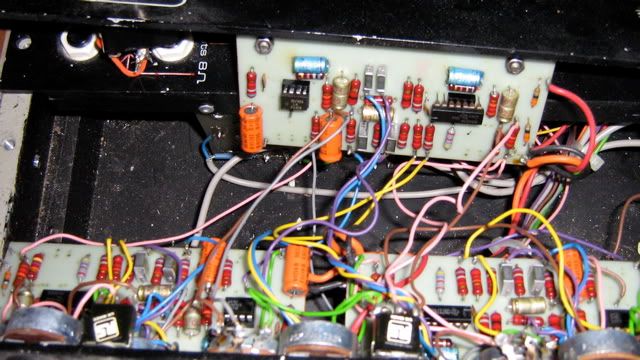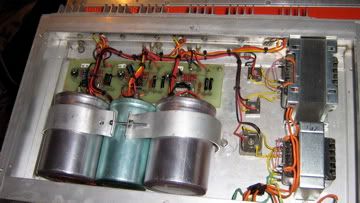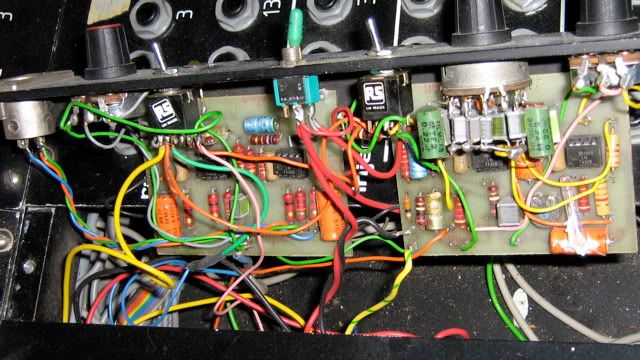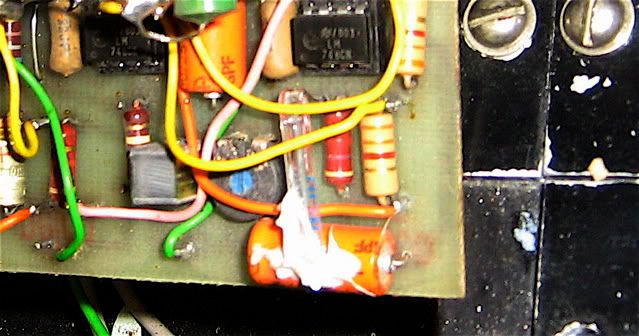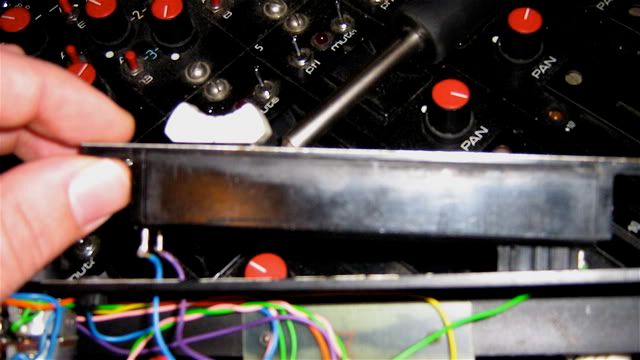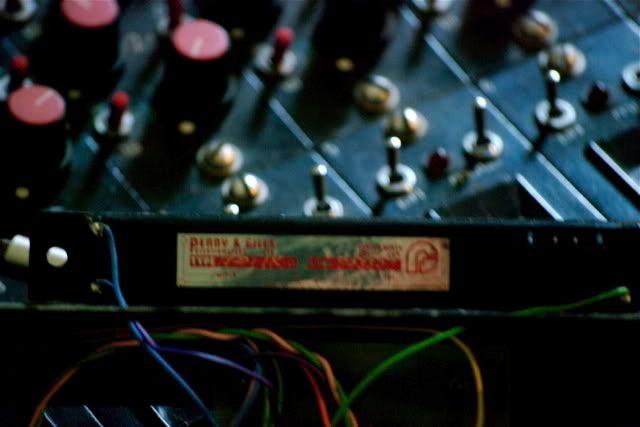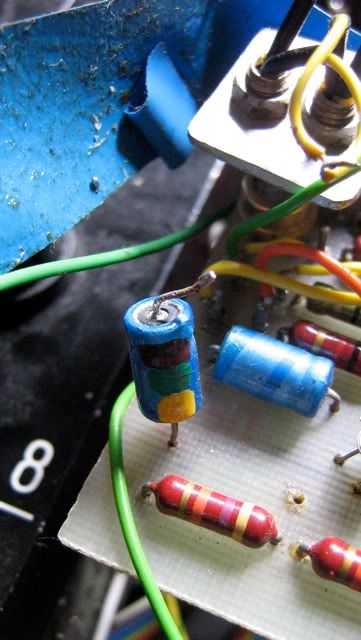Rybow
Well-known member
Hello! I have a huge project sitting in my basement, and I have finally decided to get to it. Its a 16 channel mixing desk built in 1977 by a company called Palace Acoustics. I have been informed that Palace Acoustics was formed by a couple of engineers from Midas. I did email Midas about it, and they did tell me it looked like a vintage Midas board, but then they stopped talking to me, and I can't find any info directly related to Palace Acoustics. Anyways, it needs a recap. It sat in storage for 10 years before I got it, and has been modified to hook directly in to a 16 channel reel to reel. The whole board is set up for bantam TT. The board was last used to mix sound for films. I am looking at recapping the power supply, 2 channels, 2 monitoring channels, and the master output section to start. Also clean all the pots and faders. Will this be enough to give me a good idea about the sound of the board? Are there any other things I need to be aware of? I am going to start pulling values off the caps today. Thanks in advance! Here are a couple of pics of the board. I'll add some of the inside as soon as I can.
